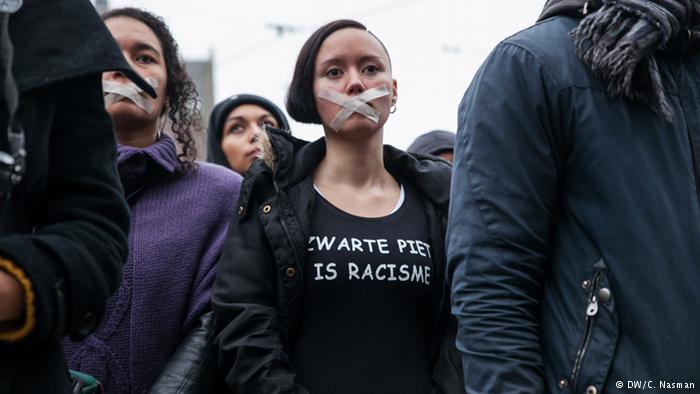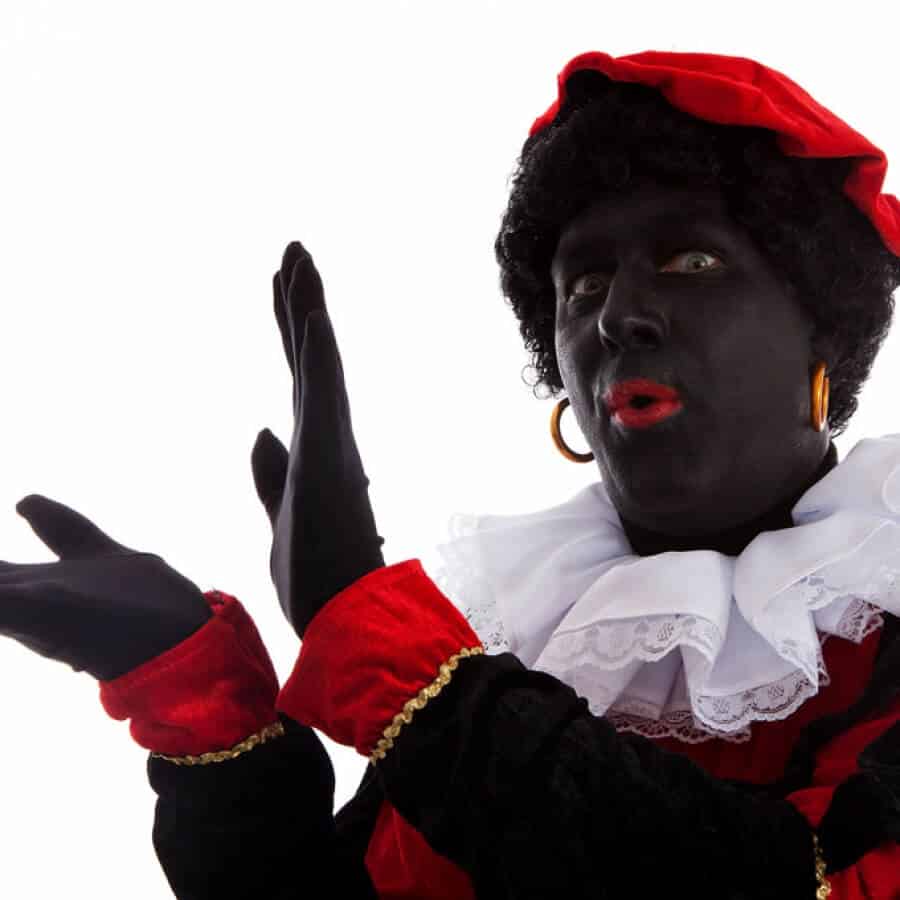In August 28 a UN committee called on the Netherlands to revamp its Black Pete Christmas tradition because many see it as a "vestige of slavery." The blackface assistant of Sinterklaas (Saint Nicolas) seen as the kind gift bringer is a popular Christmas figure among the Dutch.

The involvement of the UN provoked an already heated debate on the traditional custom, described as an innocent piece of fun for the kids by defenders but condemned by others as embodying offensive stereotypes. Now that the days of Sinterklaas’ arrival are approaching it is about to be seen how the Dutch community will deal with Black Pete’s fate.
In the Netherlands, December 5 is an important children’s holiday, the Sinterklaas Eve. During the festival of Sinterklaas, jolly old St. Nicholas travels by boat from Spain to distribute presents and candy. The tradition says that when Sinterklaas arrives in Amsterdam he trades his boat for his white horse Amerigo, and then continues parading through the streets accompanied by his helpers, the Zwarte Pieten. The Black Pietes throw traditional cookies and candy to the kids dressed in Renaissance attire, Afro wigs and painted black face.

Fervent supporters and opponents
Whilst the character of Sinterklaas’ assistant goes back to 1850 and the book Saint Nicholas and his Servant by Jan Schenkman, still nameless and with no specific appearance at the time, there are conflicting views about his true origins as it is presented nowadays. The supporters of Black Pete argue that he represents a trusted friend and helper of Sinterklaas and that he has a black face from the soot while coming down the chimney and helping Saint Nicholas give out toys. Others consider that he is an African slave representing a legacy of the colonial era, aimed against Surinamese, Antillean and African minorities.
Discussion about Zwarte Piet has escalated again since 2011, when an opponent was thrown to the ground, handcuffed by police and dragged away for wearing a T-shirt reading ‘Black Pete is Racism’. Later on an online Facebook petition was launched called Pietitie, seeking to preserve the Black Pete tradition and receiving 1 million supporters in a single day. The popularity of the page highlights the importance of the debate in the Dutch society. ‘Don’t let the Netherlands’ most beautiful tradition disappear,’ the page claims reflecting the emotional attachment to the figure.
On the other side of the coin the character was sometimes protrayed in a way that “reflects negative stereotypes,” according to a 2015 report by the UN Committee on the Elimination of Racial Discrimination. “[The stereotypes] are experienced by many people of African descent as a vestige of slavery”.

Looking for a compromise
In response to the UN report, The Dutch Prime Minister Mark Rutte said that the fate of “Black Pete” is a social issue and not up to his government. “Guys. Folk traditions, come on. What Christmas songs you should sing, how you celebrate Christmas and Easter – this isn’t what politics is about,” he told reporters in The Hague. Although the UN committee holds no power of imposing its recommendations, the body’s comments are definitely heating up the debate surrounding the controversial Dutch custom.
In 2014 the Council of State in Amsterdam ruled in favor of “Black Pete.” The highest administrative court in the Netherlands thus overruled a verdict of a lower court, which stated that the character should be banned from public festivities. Later in the town of Gouda, almost one hundred anti-Piet activists were arrested when they tried to interrupt the annual Sinterklaas parade carrying banners saying that “Black Pete is racism”.
Looking for a compromise, local officials in the city of Gouda near Amsterdam introduced other versions of Pete – yellow faced “Cheese Petes,” light-brown “Stroopwafel Petes,” and white faced “Clown Petes.” An official agreement on the issue has not been reached yet.
This year Sinterklaas and his assistants parade in Amsterdam on November 15 and the feasts will hold until December 5 the official day of St. Nicolas. While children dressed up as Zwarte Piets are already mushrooming across the city it is expected to be seen how the advocates of each side will deal with their opponents.
Support us!
All your donations will be used to pay the magazine’s journalists and to support the ongoing costs of maintaining the site.
Share this post
Interested in co-operating with us?
We are open to co-operation from writers and businesses alike. You can reach us on our email at [email protected]/[email protected] and we will get back to you as quick as we can.









